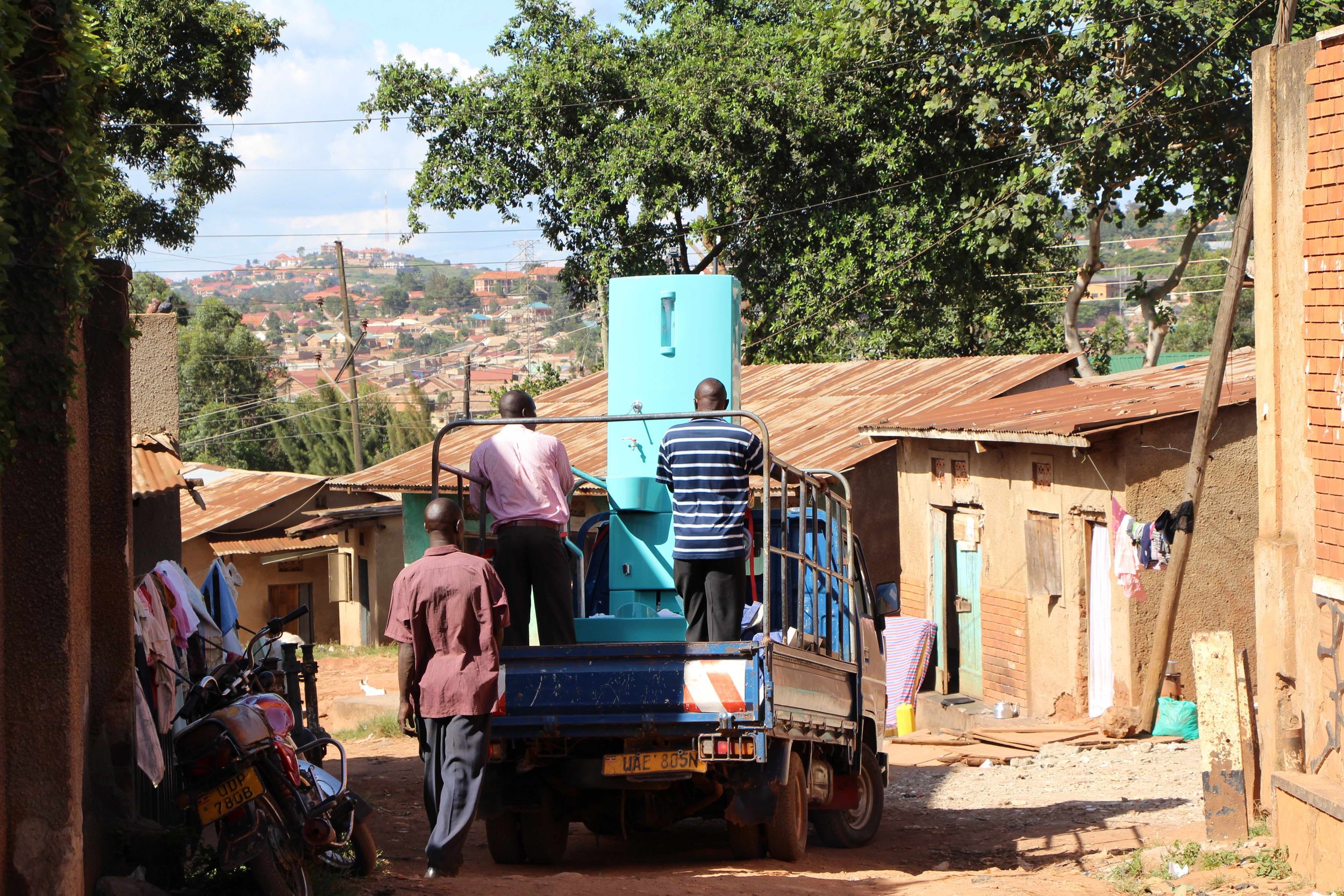
Flows of Science
Source separation technology at the Swiss Institute of Aquatic Science and Technology (Eawag), 1992-2017
Project Lead & Writer | Report | Commissioned by Swiss Federal Institute of Aquatic Science and Technology (Eawag)| DOI10.5281/zenodo.1283188

The Swiss Federal Institute of Aquatic Science and Technology (Eawag) is one of the world’s most highly regarded water research organisations. Today, there are more than 300 scientists. For more than 75 years, its pioneering work has had positive impacts on the Swiss water sector.
In recent years the Blue Diversion Toilet has been one of Eawag’s most visible products. At first glance it is a reinvention of the toilet so that it operates off-the-grid but it is so much more than that.
As this report shows, Blue Diversion was not created in a vacuum. It is a consolidation of nearly three decades of research and capacity building. Collectively many different scientists have worked together to re-imagine sustainable urban wastewater management.
Technically, scientists at Eawag label their reinvention of the toilet under the banner, “Source Separation Technologies”. In short, the technology attempts to capture resources at the source by separating feces, urine and used water before they are mixed together and piped away.
Flows of Science charts the history of source separation technology at Eawag from 1992 to 2017.
As this is living history, within the last twenty-five years, the report uses an oral history method. Compiled from interviews with leading scientists and focus groups and nearly 30 hours of recording it is an intimate story of scientists at work.
Scientists have stories to tell and this report captures some of those. Most apparent in the history of source separation at Eawag is that science took time and teamwork. Placing value on these two attributes, as Flows of Science shows, is a fundamental part of judging scientific practice.
In the eighteenth and nineteenth century, cities like London and Paris stank. Human waste carries many undesirables. The most immediate is smell but the most crippling is disease. We are still trying to deal with many of these today. Source separation technology is an important solution.
There are 2.3 billion people worldwide that still do not have basic sanitation facilities, like a toilet or latrine. The Blue Diversion has the potential of saving millions of lives in middle or low income countries.
“This history shows Eawag at its best — providing a research environment that allows our colleagues to take risks, recover from mistakes and build professional relationships and personal friendships.”
- Prof. Dr. Janet G. Hering, Director EAWAG, from the Preface

Credits:
Flows of Science report graphic design and infographics by Studio Neubau
Cover illustration and scientist illustrations in Flows of Science by Cass Urquhart
Blue Diversion toilet travelling on back of truck in Uganda. And Blue Diversion being carried through slum in Kenya. Photos by Christoph Luethi, Eawag.
Historic cartoon: The silent highwayman. The heavily polluted Thames in the nineteenth century warranted the cartoon in Punch in July 1858.
Historic image at Kastanlenbaum, c1930, Eawag.








